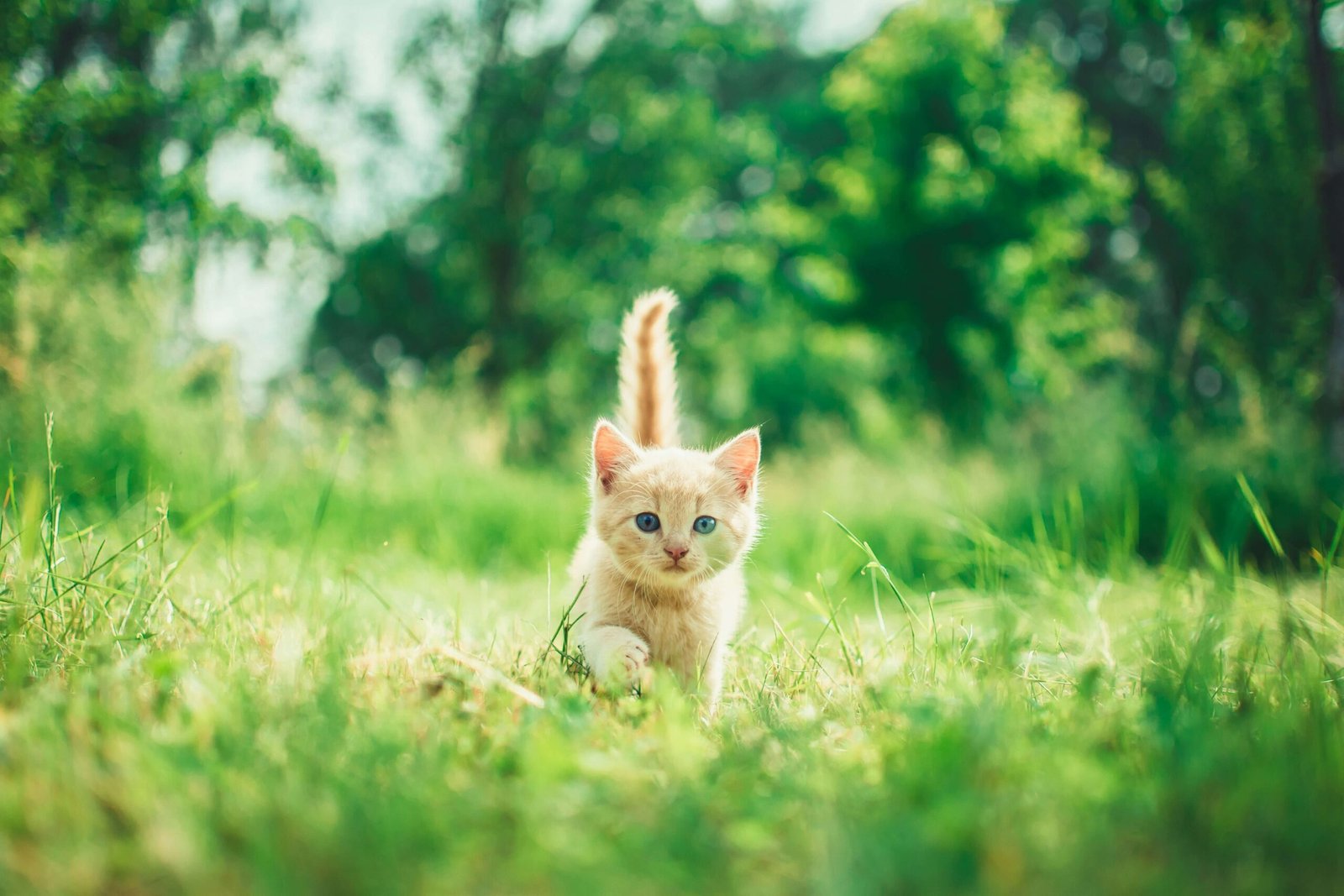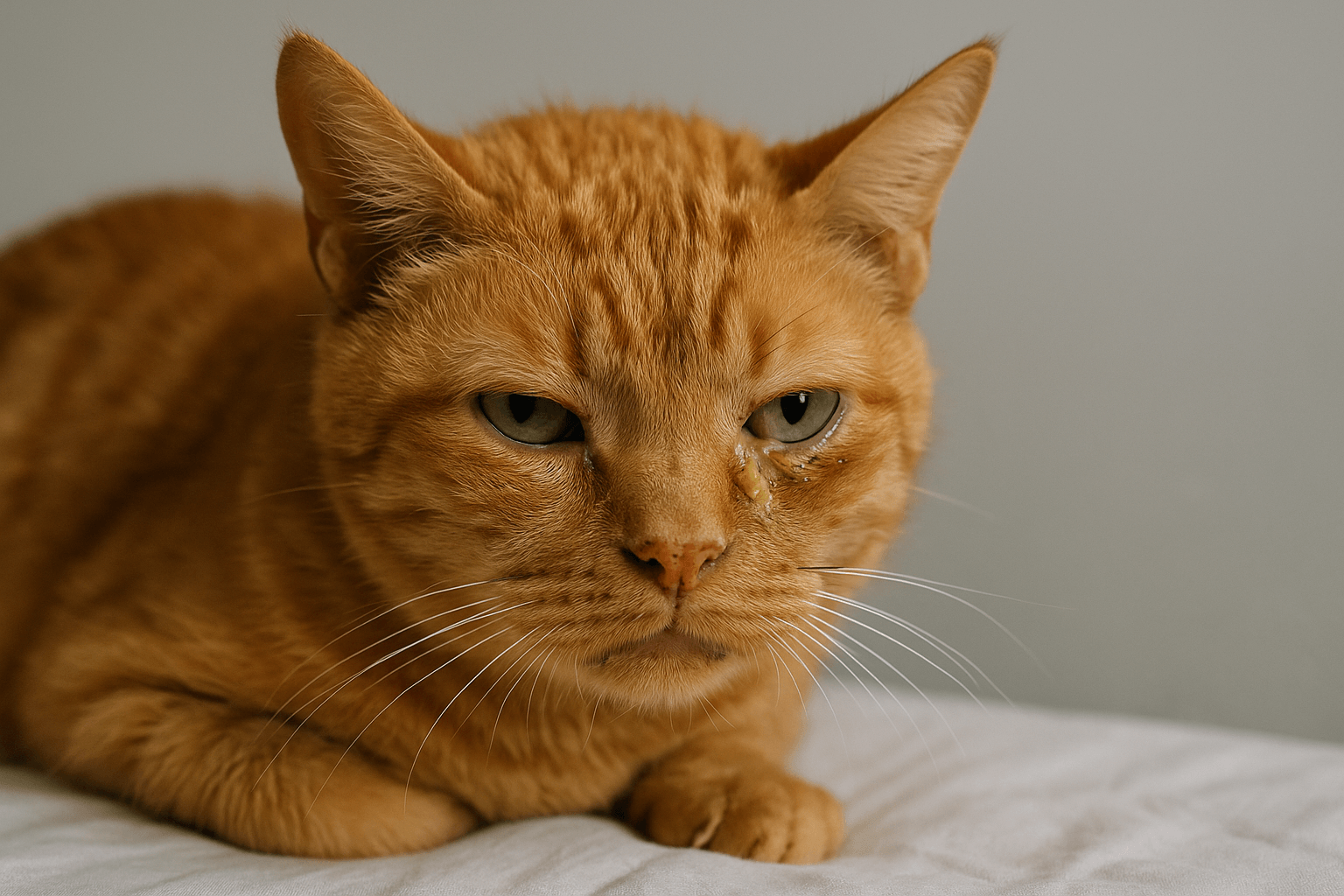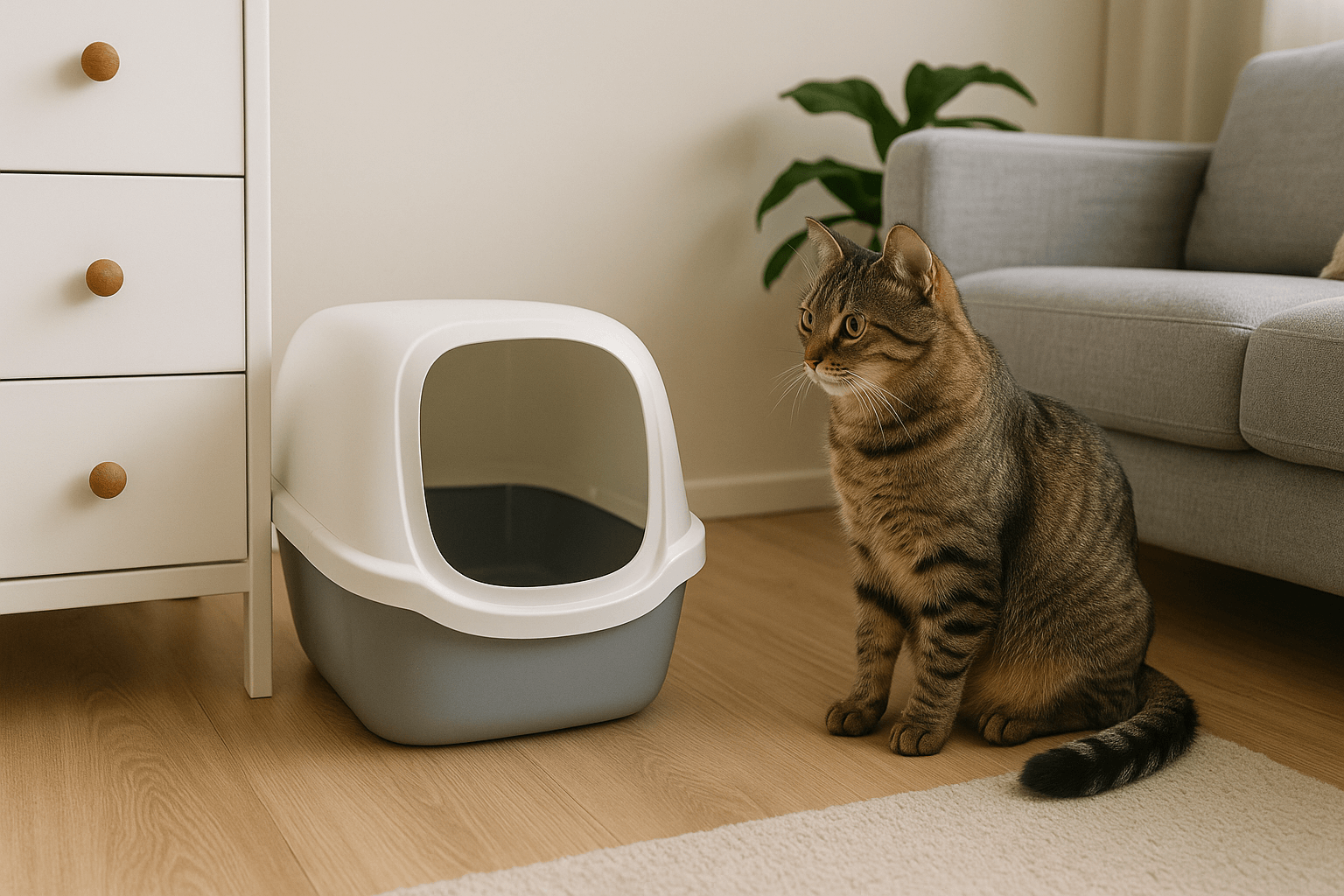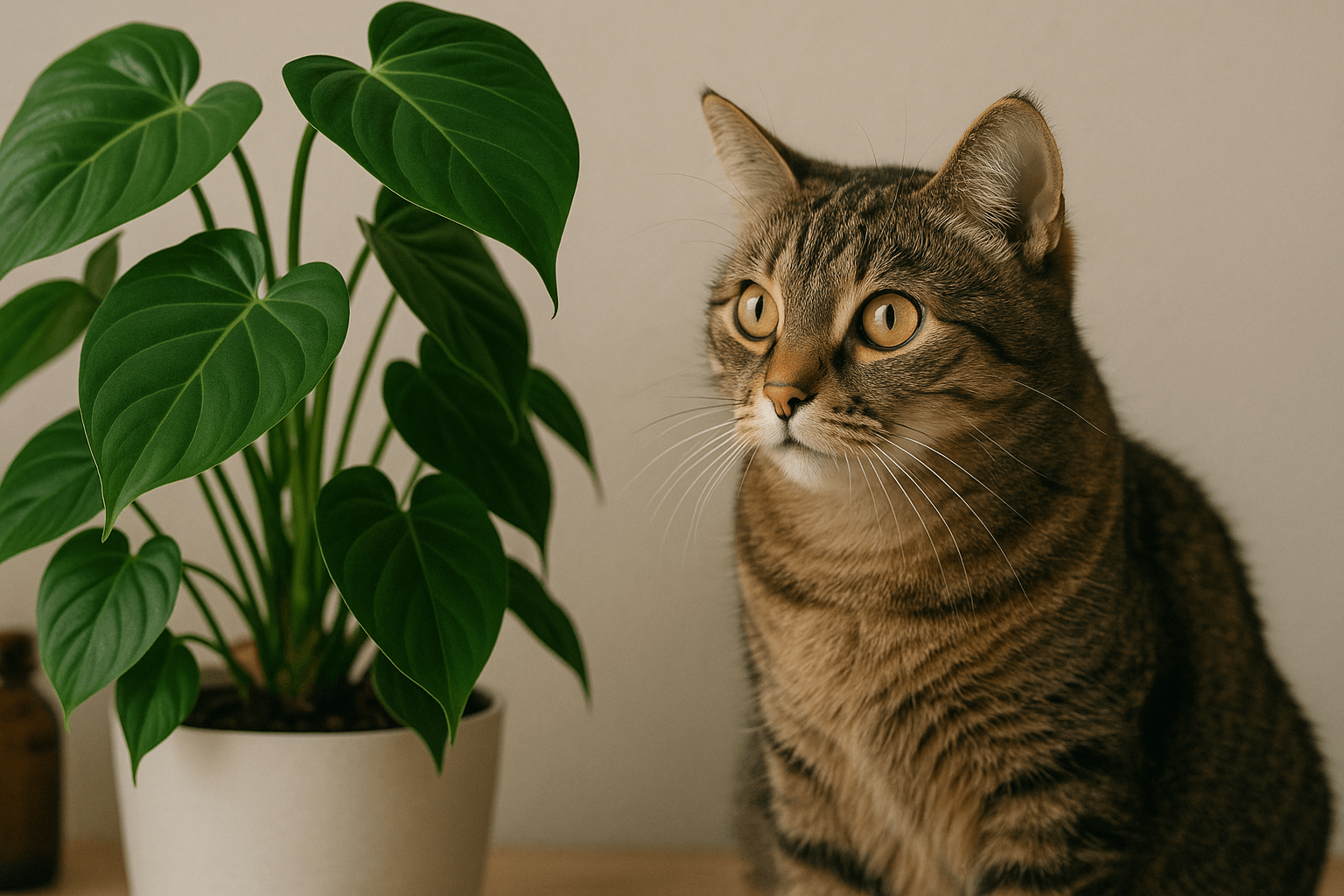How to Find Cat Pee: A Comprehensive Guide
Cats are wonderful companions, but they can sometimes leave behind unpleasant surprises. One of the most common challenges cat owners face is dealing with cat urine. Whether your feline friend has had an accident or you’ve recently adopted a new pet, finding and addressing the source of cat pee is essential for maintaining a clean and odor-free home. In this guide, we’ll explore practical tips and techniques to help you locate cat urine quickly and effectively. From understanding why cats might spray to using specialized tools, you’ll be equipped with all the information you need to tackle this issue head-on.
Why Does My Cat Pee Outside the Litter Box?
Understanding why your cat might be peeing outside their designated area is the first step in solving the problem. Here’s a list of potential reasons:
Cats may avoid the litter box if it isn’t cleaned regularly.
Stress or anxiety can lead to inappropriate urination.
Medical issues, such as urinary tract infections, could cause accidents.
Territorial behavior, especially in multi-cat households, can result in spraying.
Changes in routine or environment might confuse your cat.
Each of these factors requires a different approach to resolve. If you suspect a medical issue, consult your veterinarian immediately. Addressing the root cause will not only help you find cat pee but also prevent future incidents.
Tools and Techniques to Locate Cat Urine
Once you’ve identified possible reasons for your cat’s behavior, it’s time to track down those hidden spots. Here’s how you can locate cat pee effectively:
Use a blacklight flashlight to detect dried urine stains that are invisible to the naked eye.
Sniff around areas where your cat spends most of its time, as the smell often lingers.
Check common hotspots like carpets, rugs, and furniture corners.
Look for discoloration on fabrics, which may indicate older urine stains.
Pay attention to vertical surfaces, as cats often spray walls or doors.
These methods will help you pinpoint problem areas quickly. Remember, early detection is key to preventing permanent damage and lingering odors.
Check this guide 👉Top 3 Best Cat Urine Removers: Eliminate Odors Instantly!
Check this guide 👉Understanding Cat Straining to Pee: Best 7 Health Tips!
Check this guide 👉Why Is My Cat Peeing on My Clothes? Best 7 Behavior Tips!
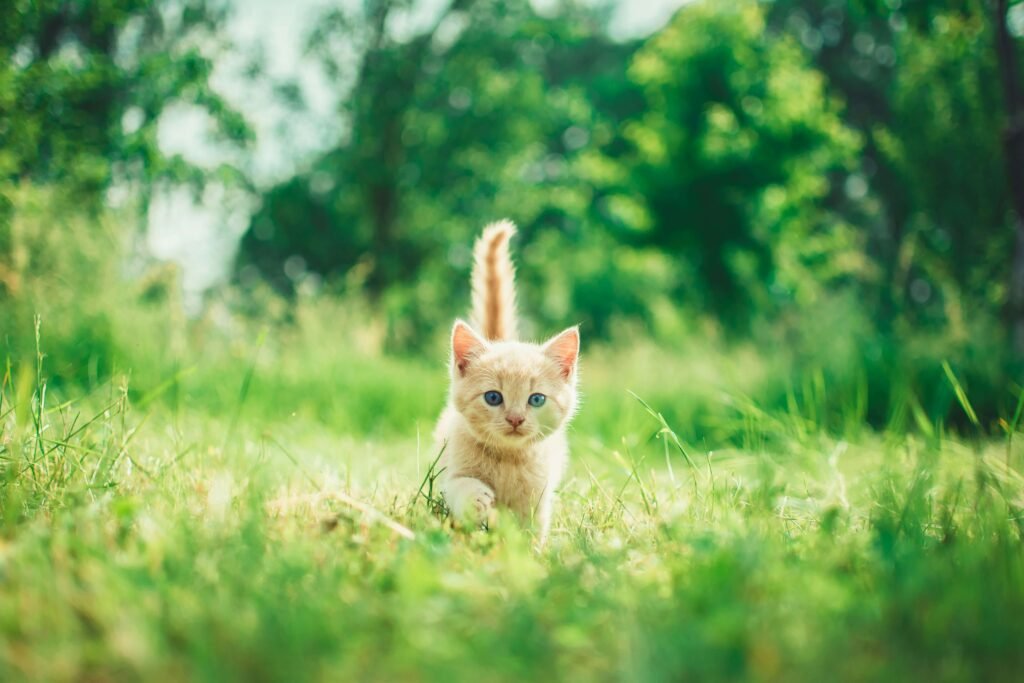
Common Areas to Check for Cat Urine | Best Cleaning Solutions |
|---|---|
Carpets and rugs | Enzyme-based cleaners |
Upholstered furniture | Baking soda and vinegar mixture |
Baseboards and corners | Hydrogen peroxide solution |
Vertical surfaces (walls, doors) | Commercial pet stain removers |
Hidden spaces under furniture | Professional-grade carpet shampoo |
Steps to Clean Up Cat Urine Effectively
Finding cat pee is just the beginning—cleaning it up properly is equally important. Follow these steps to ensure thorough removal:
Blot the area with paper towels to absorb excess moisture before applying any cleaner.
Apply an enzyme-based cleaner specifically designed for pet stains.
Allow the cleaner to sit for the recommended amount of time for maximum effectiveness.
Rinse the area with water and dry it completely to prevent mold growth.
Repeat the process if necessary until the odor is fully eliminated.
Proper cleaning not only removes the smell but also discourages your cat from returning to the same spot. Consistency is crucial!
Preventing Future Accidents
To minimize the chances of repeat offenses, take proactive measures to create a cat-friendly environment:
Place multiple litter boxes around your home, especially in multi-story houses.
Keep the litter box clean by scooping daily and changing the litter weekly.
Provide scratching posts and toys to reduce stress-related behaviors.
Maintain a consistent routine to make your cat feel secure.
Avoid harsh punishments, as they can increase anxiety and worsen the problem.
By implementing these strategies, you’ll create a harmonious living space for both you and your furry friend.
Understanding the Impact of Cat Urine on Your Home
Cat urine can have lasting effects on your home if not addressed properly. It’s important to recognize how it interacts with different surfaces and materials. Here are some key points to consider:
Cat urine contains ammonia, which can cause discoloration on fabrics over time.
On hardwood floors, urine can seep into cracks and create persistent odors.
Carpets absorb urine deeply, making it harder to clean without specialized products.
If left untreated, urine stains can attract mold or mildew in humid environments.
Over time, repeated accidents can degrade the quality of your furniture and flooring.
Addressing cat urine promptly is essential to preserving the integrity of your home’s surfaces and maintaining a fresh atmosphere.
Signs Your Cat May Be Marking Territory
If your cat is peeing outside the litter box, it might be marking its territory. This behavior often stems from stress or competition in multi-cat households. Look out for these indicators:
Your cat sniffs and circles an area before spraying.
The urine has a stronger odor than usual due to territorial pheromones.
Accidents occur near doors, windows, or other entry points.
Spraying happens on vertical surfaces like walls or furniture legs.
The behavior coincides with changes in the household, such as new pets or visitors.
Recognizing these signs early can help you address territorial marking before it becomes a recurring issue.
How to Train Your Cat to Use the Litter Box Consistently
Training your cat to use the litter box consistently is one of the best ways to prevent accidents. With patience and consistency, you can encourage good habits. Here are some tips to guide you:
Place the litter box in a quiet, accessible location away from food and water bowls.
Use unscented litter, as cats prefer a neutral-smelling environment.
Reward your cat with treats or praise when they use the litter box correctly.
Gradually move the litter box closer to its intended location if it was placed elsewhere temporarily.
Avoid punishing your cat for accidents, as this can increase anxiety and worsen the problem.
By creating a positive association with the litter box, you’ll reduce the likelihood of future mishaps and foster a happier relationship with your pet.
Frequently Asked Questions About Finding Cat Pee
How do I know if my cat has a urinary tract infection?
Symptoms include frequent urination, straining, crying while urinating, and blood in the urine. Consult your vet for diagnosis and treatment.
Can I use regular household cleaners to remove cat urine?
No, many household cleaners mask the smell temporarily but don’t break down the enzymes in cat urine. Use enzyme-based cleaners instead.
Why does my cat keep returning to the same spot?
Cats are drawn to familiar scents. If the area isn’t cleaned thoroughly, they may continue marking it.
Is it normal for neutered cats to spray?
While less common, neutered cats may still spray due to stress, territorial instincts, or other behavioral issues.
What should I do if I can’t find the source of the smell?
Use a blacklight flashlight in a dark room to identify hidden stains. If the odor persists, consider hiring a professional cleaner.
Creating a Happy Home Free of Cat Pee
Dealing with cat pee can be frustrating, but it doesn’t have to be overwhelming. By understanding your cat’s behavior, using effective tools to locate problem areas, and taking preventive measures, you can maintain a fresh and welcoming home. Remember, patience and consistency are key when addressing this issue. With the right approach, you’ll not only eliminate unwanted odors but also strengthen the bond with your beloved pet. So roll up your sleeves, grab that blacklight, and get ready to reclaim your space—one sniff at a time!
Tabby Cat vs Tortoiseshell: Best 7 Expert Tips! Discover the differences in patterns, personalities, and care needs between tabby and tortoiseshell cats to find your perfect feline companion.
Understanding Trichomoniasis in Cats: Best 7 Expert Tips! Discover symptoms, treatment, and prevention strategies for this common feline parasite to keep your cat healthy and happy.
Where to Place a Cat Litter Box? Best 7 Expert Tips! Discover ideal spots, avoid common mistakes, and learn how to keep your cat happy with perfect litter box placement.
Are Philodendrons Toxic to Cats? Best 7 Expert Tips! Discover if philodendrons are safe for cats, symptoms of poisoning, and expert advice to keep your feline friend healthy around houseplants.

